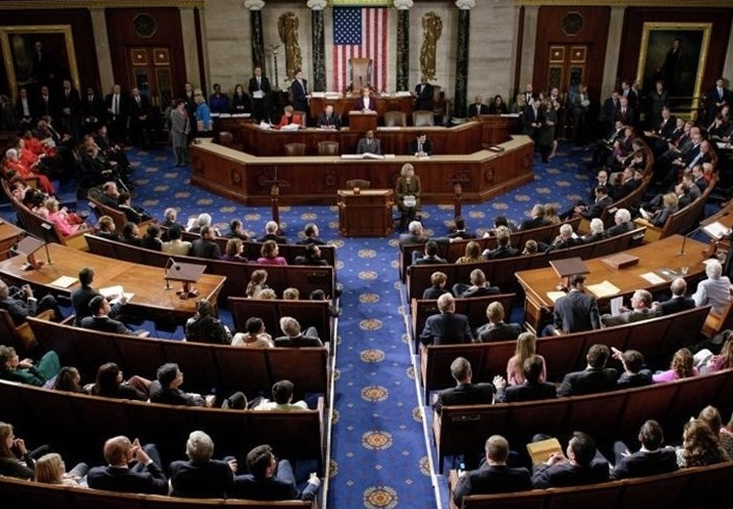Pennsylvania lawmakers just sealed a budget deal that skips a golden chance to fix the state’s money crunch by legalizing adult-use marijuana. This move leaves $420 million in yearly tax revenue on the table, plus billions in economic boosts, as advocacy groups push for action in 2026. But what does this mean for everyday folks, and could change still come soon?
Lawmakers in Pennsylvania wrapped up a long-overdue budget this week, but it came without the hotly debated addition of legal recreational marijuana. The agreement boosts spending on education and cyber-charter schools, yet it skips any new revenue sources like taxing cannabis sales.
This budget, passed after months of talks, uses up some of the state’s surplus to cover gaps. Gov. Josh Shapiro had called for marijuana legalization in his proposals, saying it could bring in big bucks to support key programs. Without it, the state faces tighter finances ahead.
Pennsylvania is now one of just 19 states where adults can still face jail time for simple cannabis possession. That fact stands out as neighbors like New York and New Jersey rake in profits from legal sales.
Talks dragged on for four months, with marijuana as a key sticking point. In the end, Republican leaders in the Senate ruled it out, focusing instead on other fixes like changes to cyber-charter funding.
One lawmaker noted the divide: while the House passed a legalization bill back in May, the Senate held firm against including it in this budget.
Huge Revenue Loss Sparks Outrage
Failing to legalize adult-use cannabis means Pennsylvania misses out on an estimated $420 million in annual tax revenue. That’s according to ResponsiblePA, a group pushing for reform, which based its numbers on market studies and data from other states.
This isn’t just pocket change. Over five years, experts say it could add up to $1.3 billion, helping fund transit, schools, and more without raising other taxes.
ResponsiblePA points out that legal sales would also create jobs and cut down on unregulated hemp products flooding the market. Their recent statement urged lawmakers to prioritize this in 2026, calling it a smart way to boost the economy.
Think about it: states like Illinois have banked hundreds of millions from cannabis taxes. Pennsylvania, with its big population, could see even more.
The economic hit goes beyond taxes, with potential for thousands of jobs in growing, selling, and related fields. Advocacy groups warn that without action, the state keeps losing money to neighboring markets where folks cross borders to buy legally.

Political Roadblocks and Path Ahead
The push for legalization has strong backers, including Gov. Shapiro, who highlighted it in his 2024 and 2025 budget speeches. He argued it’s time to regulate and tax cannabis like alcohol, replacing risky black-market options with safe, tested products.
But Republicans in the Senate remain split. Some worry about social impacts, while others see the revenue appeal. A bipartisan bill floated in July aimed to bridge the gap, but it didn’t make the cut this time.
Lawmakers say there’s still hope. Several told reporters that 2026 could bring standalone legislation, separate from budget fights.
Here’s what could tip the scales:
- Growing public support, with polls showing most Pennsylvanians back legalization.
- Pressure from business groups eyeing new markets.
- The state’s shrinking surplus, which might force tough choices soon.
One senator mentioned that without new income like cannabis taxes, cuts to vital services could loom.
Background shows Pennsylvania legalized medical marijuana years ago, but recreational use stays illegal. This lag means lost revenue and ongoing arrests for possession.
Everyday Impacts on Pennsylvanians
For regular people, this budget decision hits home in subtle ways. Without cannabis revenue, funding for universities and transit takes a hit, potentially leading to higher fees or reduced services.
Imagine a student facing steeper tuition because the state skipped this income stream. Or a commuter dealing with underfunded buses.
Families could feel the pinch as the economy slows, with federal funds drying up and no new state boosts to fill the void.
On the flip side, legalization could mean safer products and fewer arrests, easing burdens on communities hit hard by old drug laws.
Data from the Marijuana Policy Project shows over 20,000 cannabis arrests in Pennsylvania yearly, costing taxpayers millions in enforcement.
| Potential Benefits of Legalization | Estimated Impact |
|---|---|
| Annual Tax Revenue | $420 million |
| Job Creation | Thousands in farming and retail |
| Economic Growth Over 5 Years | Up to $1.3 billion |
| Reduction in Arrests | Significant drop in possession cases |
This table, drawn from advocacy reports and state data, highlights what’s at stake.
Supporters argue it would expand freedom and support wellbeing, especially as 54% of Americans now live in states with legal cannabis.
In Pennsylvania’s divided government, the debate boils down to balancing revenue needs with concerns over public health and safety.
As one resident put it, “We’re watching neighbors profit while we argue.”
This missed chance surprises many, given the state’s budget woes. It creates a knowledge gap: will lawmakers act next year, or let more money slip away?
The outrage builds among advocates who see injustice in outdated laws. Yet, hope lingers with talks of future bills.
Fear of deeper deficits might push change, as the surplus runs dry.
In wrapping up, Pennsylvania’s latest budget skips a major revenue booster by ignoring adult-use marijuana legalization, leaving $420 million yearly on the table and sparking calls for 2026 action from groups like ResponsiblePA. This decision underscores the state’s ongoing political splits but highlights a path to economic relief that could ease burdens on families, create jobs, and modernize laws. It’s a reminder that progress often comes slow, yet the potential for positive change feels within reach, stirring a mix of frustration and optimism among residents.
